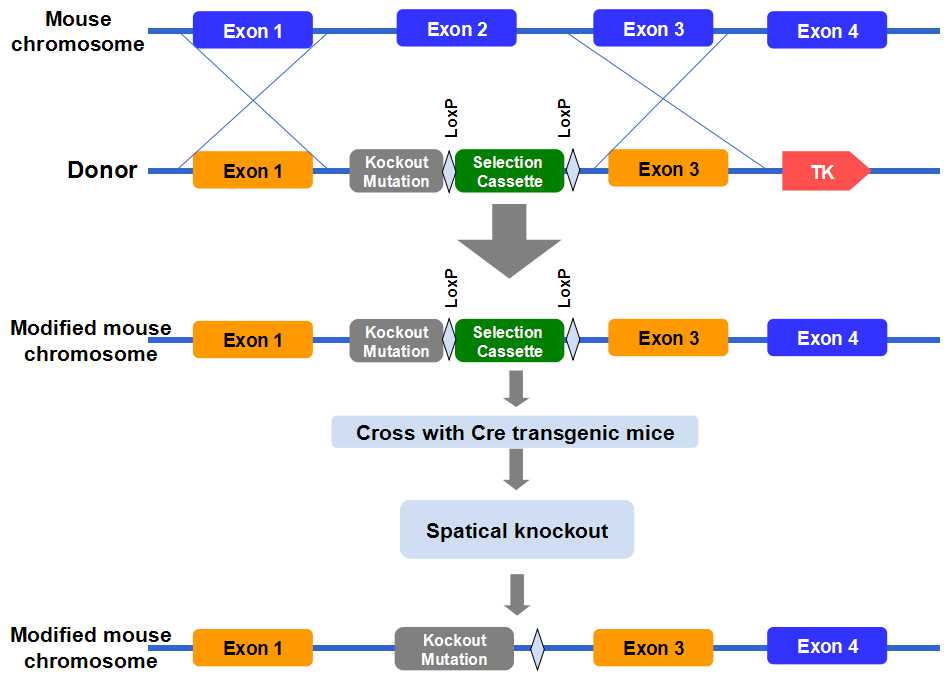The Truth About US Funding For Transgender Mouse Studies

Table of Contents
Understanding the Purpose of Transgender Mouse Studies
Transgender mouse studies utilize animal models to investigate the complex interplay of genetics, hormones, and environmental factors in sex differentiation and development. This research is crucial because it allows scientists to conduct experiments that are impossible or unethical to perform in humans. Animal models, particularly mice, are invaluable tools in pre-clinical research due to their genetic similarity to humans and relatively short lifespans, enabling faster research cycles. However, it's vital to acknowledge the ethical considerations and limitations associated with animal research; all studies are subject to rigorous ethical review and adhere to strict guidelines to minimize animal suffering.
The types of research questions addressed using transgender mouse models include:
- Hormonal effects on gene expression: How do different levels of testosterone, estrogen, and other hormones influence gene activity and subsequent development of sex characteristics? Research might focus on specific genes like SRY (sex-determining region Y) and its downstream effects.
- Impact of hormonal manipulation on brain development: How do variations in hormone exposure during critical developmental windows affect brain structure and function, potentially influencing behavior and cognitive abilities?
- Mechanisms underlying sex differences in disease susceptibility: Do variations in hormonal profiles contribute to disparities in the prevalence and severity of certain diseases between sexes? This research could offer valuable insights into personalized medicine approaches.
- Investigating the effects of sex hormones on metabolic processes: Research may explore how different hormonal environments influence metabolism, potentially leading to new understandings of metabolic disorders.
Sources of US Funding for Transgender Mouse Research
Funding for transgender mouse research primarily comes from government agencies committed to supporting biomedical research, including:
- National Institutes of Health (NIH): The NIH, the primary federal agency for biomedical research, awards grants through a competitive peer-review process. This ensures that only high-quality, scientifically rigorous proposals receive funding.
- National Science Foundation (NSF): The NSF also provides funding for basic research related to biological processes, including some projects that may utilize transgender mouse models.
The peer-review process involves a rigorous evaluation by independent experts in the field who assess the scientific merit, feasibility, and ethical considerations of each grant proposal. The proportion of overall funding allocated to this specific area is relatively small compared to other areas of biomedical research, reflecting the scope and focus of funding priorities across various health-related research domains.
- Example (Illustrative): While specific grant details are often complex and require in-depth analysis of NIH RePORTER and other databases, it is important to understand that funding is awarded after a rigorous application and review process. Such grants often include multiple investigators and institutions.
Addressing Misconceptions and Public Concerns
Misinformation surrounding transgender mouse studies often stems from a lack of understanding about the scientific process and its applications. It's crucial to address these misconceptions:
- Myth: Transgender mouse studies are "frivolous" or a waste of taxpayer money. Fact: This research contributes to a better understanding of fundamental biological processes with implications for human health, including potential improvements in healthcare for transgender individuals.
- Myth: The research is unethical and harms animals. Fact: All animal research is conducted under strict ethical guidelines and regulations to minimize animal suffering. Institutions have Institutional Animal Care and Use Committees (IACUCs) to oversee these processes.
- Myth: The research is irrelevant to human health. Fact: The findings from these studies can inform the development of new treatments and interventions for a wide range of health conditions, including those that disproportionately affect transgender individuals.
Addressing ethical concerns regarding animal welfare is paramount. Researchers prioritize the 3Rs: Replacement (using alternative methods when possible), Reduction (minimizing the number of animals used), and Refinement (reducing animal distress).
The Broader Context of Gender and Sex Research
Transgender mouse studies are part of a larger body of research investigating sex and gender differences in biology and health. Understanding these differences is crucial for:
- Developing personalized medicine: Tailoring medical treatments to individual needs based on sex and gender.
- Improving healthcare disparities: Addressing the health inequities experienced by transgender individuals.
- Advancing our understanding of fundamental biological processes: Unraveling the complex interactions between genetics, hormones, and environment.
This research has the potential to significantly improve healthcare outcomes for transgender individuals by providing a better understanding of the biological underpinnings of gender identity and improving the efficacy and safety of hormone therapies.
- Example (Illustrative): Research on hormone effects in mouse models can contribute to developing safer and more effective hormone replacement therapies for transgender individuals.
Conclusion: Separating Fact from Fiction in the Debate on US Funding for Transgender Mouse Studies
In conclusion, US funding for transgender mouse studies is part of a broader effort to advance our understanding of fundamental biological processes related to sex and gender. This research, while controversial for some, offers valuable insights that can improve human health, including the health of transgender individuals. It's crucial to base discussions on accurate information, separating fact from fiction and understanding the rigorous scientific process involved. We urge readers to seek reliable sources of information and to engage in informed discussions about funding priorities in biomedical research. Continued investment in transgender mouse research and related studies is essential for advancing scientific knowledge and improving healthcare for all.

Featured Posts
-
 Investing Made Easy Jazz Cash And K Trade Partner For Accessible Stock Trading
May 10, 2025
Investing Made Easy Jazz Cash And K Trade Partner For Accessible Stock Trading
May 10, 2025 -
 Assessing The Monkey Will Stephen Kings 2025 Adaptation Succeed Or Fail
May 10, 2025
Assessing The Monkey Will Stephen Kings 2025 Adaptation Succeed Or Fail
May 10, 2025 -
 Jeanine Pirro A Behind The Scenes Look At The Fox News Personality
May 10, 2025
Jeanine Pirro A Behind The Scenes Look At The Fox News Personality
May 10, 2025 -
 Disneys Strengthened Profit Outlook Parks And Streamings Continued Strength
May 10, 2025
Disneys Strengthened Profit Outlook Parks And Streamings Continued Strength
May 10, 2025 -
 Analyzing Aocs Fact Check Of Jeanine Pirros Fox News Appearance
May 10, 2025
Analyzing Aocs Fact Check Of Jeanine Pirros Fox News Appearance
May 10, 2025
